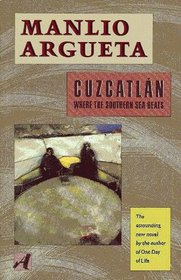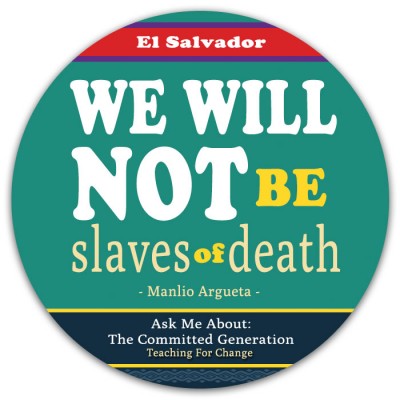 The Pipils had lived in Cuzcatlán* for over four hundred years when Pedro de Alvarado and his brother Diego invaded in 1524. They immediately began massacring the Pipils, taking their land, destroying their temples, and forcing many into slavery. The Pipils quickly shifted from openly welcoming these strangers to actively trying to drive them away. Though they lacked the guns, horses, and cannons of the Spaniards, the Pipils resisted the conquistadores for 15 years.
The Pipils had lived in Cuzcatlán* for over four hundred years when Pedro de Alvarado and his brother Diego invaded in 1524. They immediately began massacring the Pipils, taking their land, destroying their temples, and forcing many into slavery. The Pipils quickly shifted from openly welcoming these strangers to actively trying to drive them away. Though they lacked the guns, horses, and cannons of the Spaniards, the Pipils resisted the conquistadores for 15 years.
In the end, the Spaniards conquered Cuzcatlán (now El Salvador), turning the fertile land over to export crops. Initially indigo and cacao prevailed, to be replaced by coffee in the last 1800s. The Pipils were dispossessed of their land and forced to work in terrible conditions.
The following excerpt from award-winning Salvadoran writer Manlio Argueta’s novel, Cuzcatlán, Donde bate la mar del sur, describes the impact of the indigo cultivation on the family of Catalina and her husband Emiliano. Catalina dies in childbirth.
Catalina was a victim of indigo. She suffocated to death. After she gave birth. Her lungs couldn’t stand the stress; they had been weakened by indigo effluvia. The dye had slowly poisoned her.
At one time their fabrics had been so colorful! Now their [the peasants] clothes were white. The indigo had gone to other worlds. Their land was gone, too. They survived on what the mill gave them, they earned their daily wage; but the mill was severe and the ship’s holds greedy for more. Hundreds of children were employed to pack the tanks, submerging the plant to the level necessary for extracting the highest-quality dye. The landowners exempted neither childhood nor old age in their efforts to secure the manual labor required to meet their exportation needs. That’s why their shirts, pants, skirts, blouses, and underwear were white, made of cheap white cotton. The natives had lost their color. As well as their land.
The entire population participated in the process of manufacturing the dye, from the harvesting of plants to the transportation of the finished product to the ports of the Southern Sea, in their own Cuzcatlán. The oldest died first. Then the younger ones took their places at the hour of death. After that came the babies. Regardless of their good or bad luck, mortality knew no age limit.
Poverty is worse without land.Then all you’ve got to rely on are your hands and the willingness of employers to hire you in the haciendas and mills. This gives you the opportunity to earn a few centavos to spend on small things like salt, corn, cheap cotton for your clothes, a hand mirror, a comb, a machete, and some sandals . . . .
. . . Emiliano kept the red handkerchief, the one he used to dry his tears, in his back pocket. He swore he’d never go back to work at the mill. And his baby daughter would never work in the mills either. . . “We will not be slaves of death,” he says, not to his daughter, but as one would let loose a flock of butterflies.
Once men like Emiliano had been poets and sages. Then they became slaves and serfs. In the last century they had become wage earners, but their living conditions were those of slaves.

This excerpt is included in the book Rediscovering America/Redescubriendo América (out of print), a collection of poetry, short stories, essays, and more for K-12 on Latin America and the Caribbean.
Source: Argueta, M. (1987.) Cuzcatlán, Donde bate la mar del sur/Cuzcatlán: where the Southern Sea beats. Costa Rica: Colección Centroamericana.
* Cuzcatlan means “Land of the Jewels” in Nahuatl, the language of the Pipils. Cuzcatlan was named El Salvador by the conquistadores.








Twitter
Google plus
LinkedIn